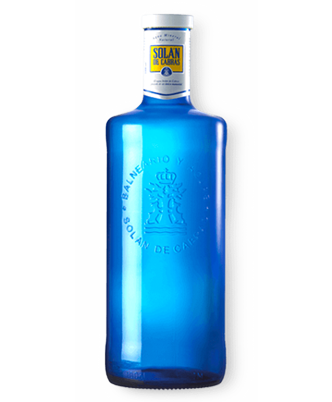History
II Century Before Christ
Roman Empire
It is popular belief, since the Roman Empire, that a man named Julio Graco cured his arthritis in the Solán de Cabras´water in 182 AD, thus attributing it curing properties.
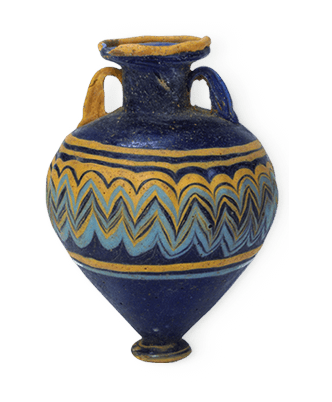
XVI and XVII Century
The legend
According to popular tradition, with testimonies dating back to the XVI Century, and even the XVII, shepherds discovered that their goats were cured when drinking from and bleating in the water that flowed from the spring.
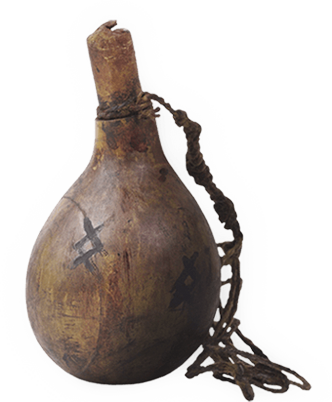
XVIII Century
First Chemical Analyses
The doctor and philosopher Juan Pablo Forner conducted his first analysis of the water in 1787; its composition has varied little since then. Solán de Cabras obtains official recognition as mineral medicinal water.
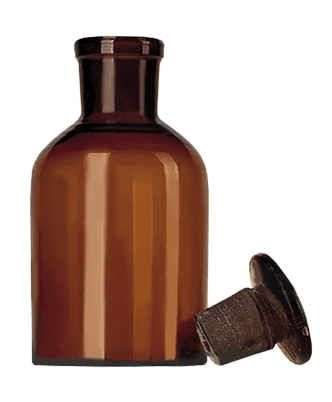
XVIII Century
The water is declared to be of Public Interest by Royal Decree from Charles IV
Solán de Cabras’ water is declared to be of Public Interest and Royal Site by King Charles IV in 1790, title given to enclaves of historic and artistic heritage that the monarchy used as places of rest, recreation or residence.
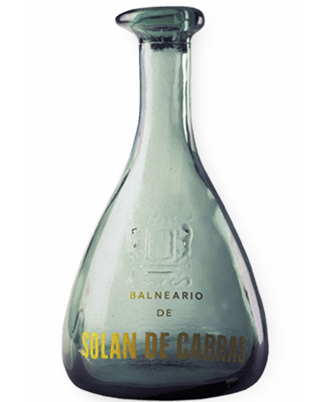
XIX Century
Pure spring water
In 1826, Ferdinand VII and Maria Josepha of Saxony, travelled to the Solán de Cabras spring searching for a cure for the queen´s infertility and thus the possibility of conceiving a male son to ensure monarchic continuity.
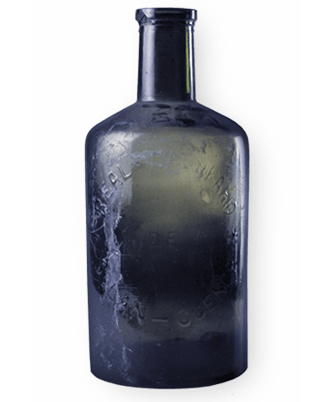
XX Century
Our “Demijohns”
In 1903, its sale in Madrid took place in a central warehouse. Prior to bottling plants, these crystal jugs, called “demijohns”, were filled by hand. Once finished, our grandfathers would go back for refills in carts or on mules.
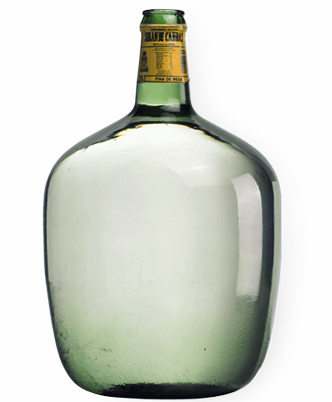
1960
Pharmacies
Solán de Cabras has been sold in pharmacies since the start of the Century, but in 1960, the 1 litre bottles called “borines” enter the market. Consumer loyalty led us to be pioneers in in-home water sales.
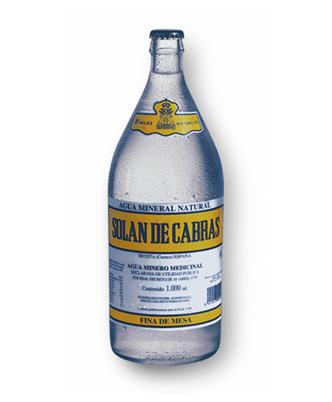
1980
Tetra Brick, bridge to the world
In 1980, Solán de Cabras undergoes a super expansion thanks, mainly, to the appearance of the Tetra Brick and its subsequent entry into supermarkets. Furthermore, Bisolán is born with the support of Solán de Cabras.
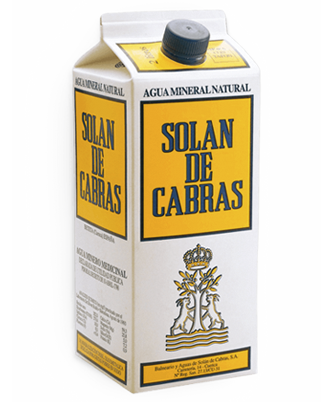
1997
A revolutionary design
In 1997, Solán de Cabras launches its first blue 330ml PET bottle that protects the water´s properties from bright rays thanks to its packaging.
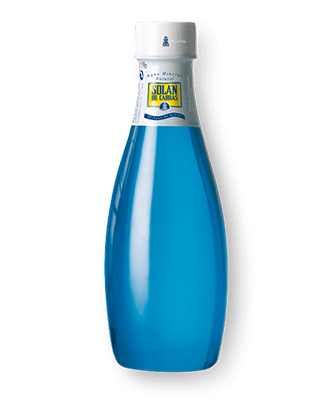
2003
Even bigger
In 2003, Solán de Cabras introduces the blue 1.5-litre PET bottle with a rectangular shape to facilitate storage
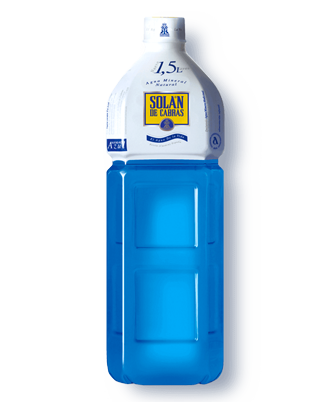
2006
An authentic icon
In 2006, Solán de cabras launches what would later become the brand´s icon: the blue glass bottle for bars and restaurants.
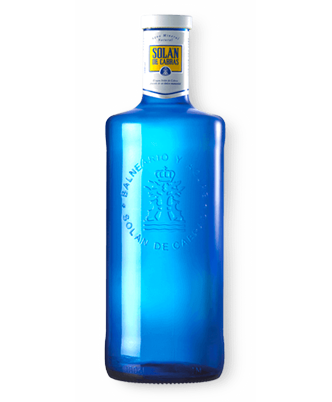
2014
We changed colour for a good cause
#gotasdesolidaridad is born Solán de Cabras joins the Spanish Cancer Association (AECC, in Spanish), dressing its iconic 1.5 PET bottle in pink. Due to the action´s success, the 33cl bottle joins the initiative in 2016.
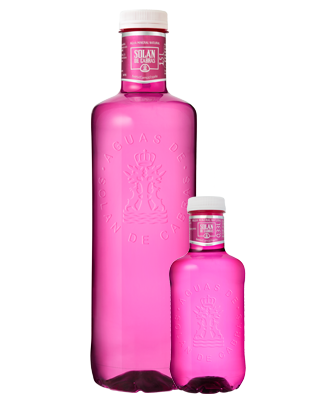
Today
The "Special Reserve" of mineral waters.
Up to date, Solán de Cabras has managed to become the Grand Reserve of mineral waters, a symbol of quality, purity and design, with over two centuries of history.
